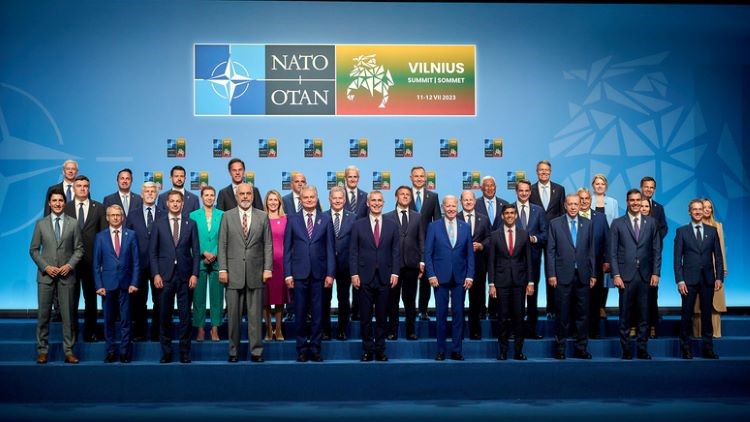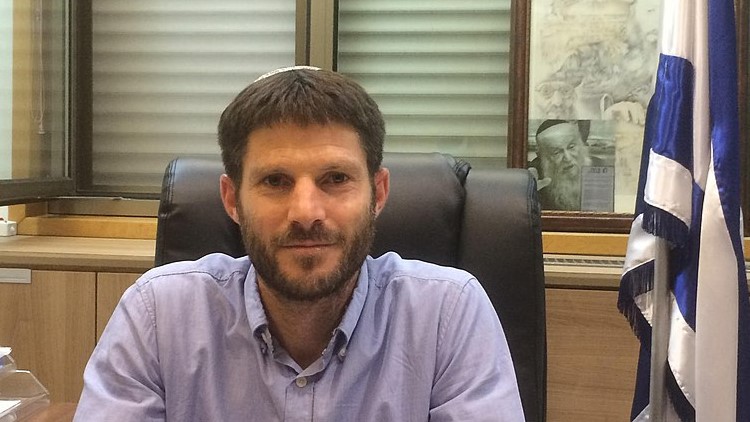The Diplomat
President of Government Pedro Sánchez announced yesterday during the NATO summit in Vilnius that Spain will send forces to the Alliance battalion in Slovakia to reinforce the eastern flank against Russia. Although the number was not specified, the Government assured that Spain will be the country that will send the most soldiers to the area and, therefore, the one that will lead this combat group.
On his arrival at the summit, Pedro Sánchez told journalists that “Spain, as a committed member”, was preparing to “announce the deployment of Spanish forces in Slovakia to reinforce the eastern front”. Subsequently, government sources specified that Spain will be the country that will send more soldiers to Slovakia and the Minister of Foreign Affairs, José Manuel Albares, assured journalists that our country will lead the battalion “after showing the commitment and capabilities to assume this role on NATO’s eastern flank”. The NATO combat group in Slovakia has up to 2,000 troops from the Czech Republic (which leads the battalion, with 650 soldiers), Germany, Poland, Slovenia and the United States. Thus, Spain joins this battalion for the first time.
Alliance member states agreed on the creation of four new international battalions in Hungary, Bulgaria, Slovakia and Romania during last year’s extraordinary summit in Brussels following the Russian invasion of Ukraine. These battle groups join those already in existence, since 2017, in Poland, Estonia, Latvia and Lithuania.
On the other hand, Sánchez – who is in Vilnius accompanied by Albares and the Minister of Defense, Margarita Robles – also announced that Spain will increase the number of military personnel it has deployed in the Romanian mission, where some forty troops are in charge of maintaining the activity of a radar of the Mobile Air Control Group (GRUMOCA).
At the end of the first day of the summit, which will conclude today, the member states agreed that they will invite Ukraine to become a member of the organization when “the necessary conditions” for membership are “fulfilled” and the allies agree to it, NATO Secretary General Jens Stoltenberg said.
In the meantime, and in order to bring Ukraine closer to NATO, the allies agreed yesterday on a new multi-year assistance program to facilitate the transition of Ukraine’s Soviet-era armed forces to NATO standards and to help rebuild Ukraine’s security and defense sector, and announced the establishment of the new NATO-Ukraine Council, which will hold its inaugural meeting today in Vilnius with the participation of Ukrainian President Volodimir Zelenski. In addition, and to facilitate Ukraine’s entry, the requirement for an Accession Action Plan will be removed. “This is a strong package for Ukraine, and a clear path to NATO membership,” Stoltenberg added.
Separately, the allies yesterday adopted “the most comprehensive defense plans since the end of the Cold War” to counter the alliance’s two main threats – Russia and terrorism, according to Stoltenberg. They also approved a new Defense Production Action Plan to accelerate joint procurement, increase production capacity and improve allied interoperability, and recommitted to invest a minimum of 2% of their Gross Domestic Product (GDP) in defense.







